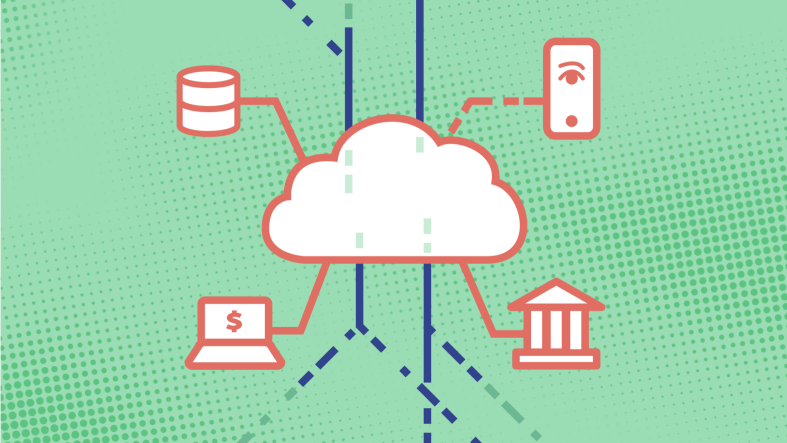A warm welcome to our new Tech Blog!
We are proud to welcome you to our new official Tech Blog!



Welcome to the first post regarding the Cloud Journey that SEB is doing!
Since SEB now has been working in the cloud for a while we thought that it would be interesting to share a little of what we do, how we do it, what we have learned, errors we've done along the way etc. Our goal is to be a bit techie in this blog but let us first give you a little bit of background just to set the scene.
The cloud journey started already in 2015 and then the intent was to increase cloud awareness among employees and prepare the company to the foreseen move to cloud environments. A number of proof of concepts were done but the final conclusion was that the cloud market, and the legislation governing the financial industry, still were too immature.
Then in 2018, inspired by startups, an initiative came to create a new bank within SEB which would be named SEBx. Since cloud technology now felt more mature it was also decided that this new bank was going to be hosted in cloud and Google Cloud Platform was the provider chosen for it. But for SEB this new initiative was only one of many interesting use-cases that could be hosted in cloud so to help SEBx get going faster, and to help make a foundation that the rest of SEB could use in the cloud adoption to come, a cloud core team was created. Together the core team and SEBx set a number of principles that the cloud journey should follow or achieve like for example:
This was an important step because it then gave all some guiding stars to work towards. Then of course you have to start somewhere so not all of those principles were that easy to implement from the get-go. For example we ended up needing to set up our own source control and ci/cd so it took a little time to get Terraform deploys going in the beginning so the things we created were done manually. And even though we tried to plan things like our folder and project structure, cloud identity groups, vpc's in advance by the use of documents like best practices for enterprise organizations, we ended up changing them several times afterwards before feeling happy about our structure.
And if there is one thing that we have learned after a few years of working in a cloud environment it is that you should never assume and expect that you are done. Instead always expect things to change...always!
That it is for our first post, stay tuned for more.
And if there is one thing that we have learned after a few years of working in a cloud environment it is that you should never assume and expect that you are done. Instead always expect things to change...always!
We are proud to welcome you to our new official Tech Blog!

Since you're reading this, chances are that the internet has had a profound impact on your life. As to why, ask any network technician, and you would get a lecture on DNS, ethernet evolution and the intrinsic beauty of IP packet routing.
